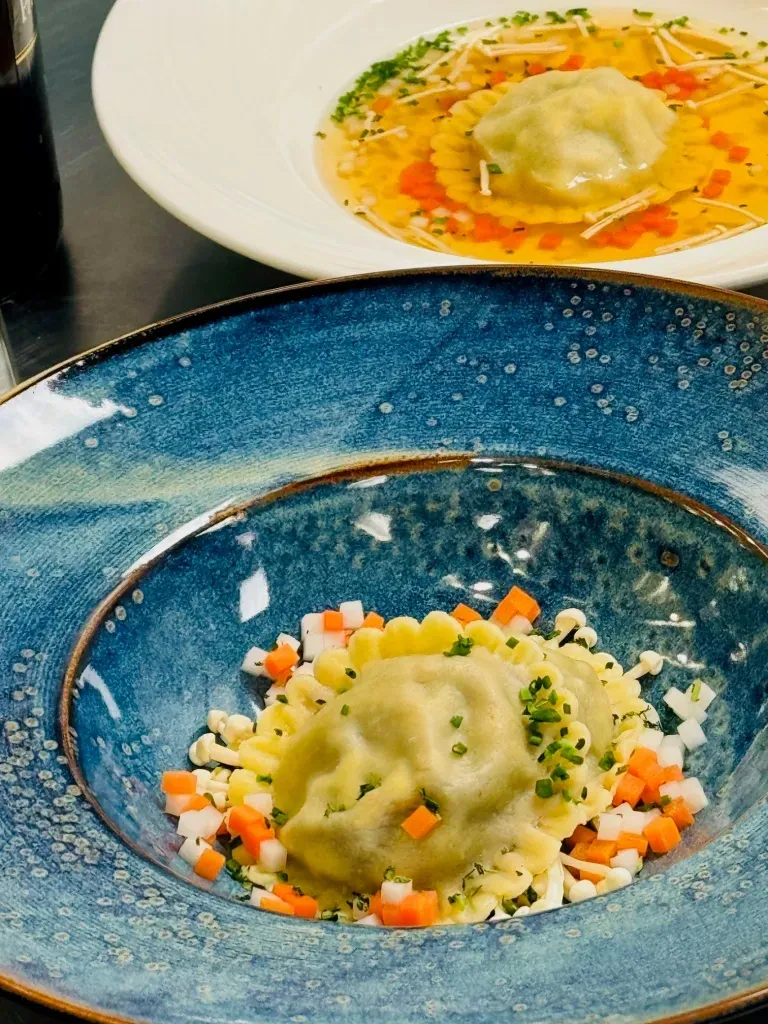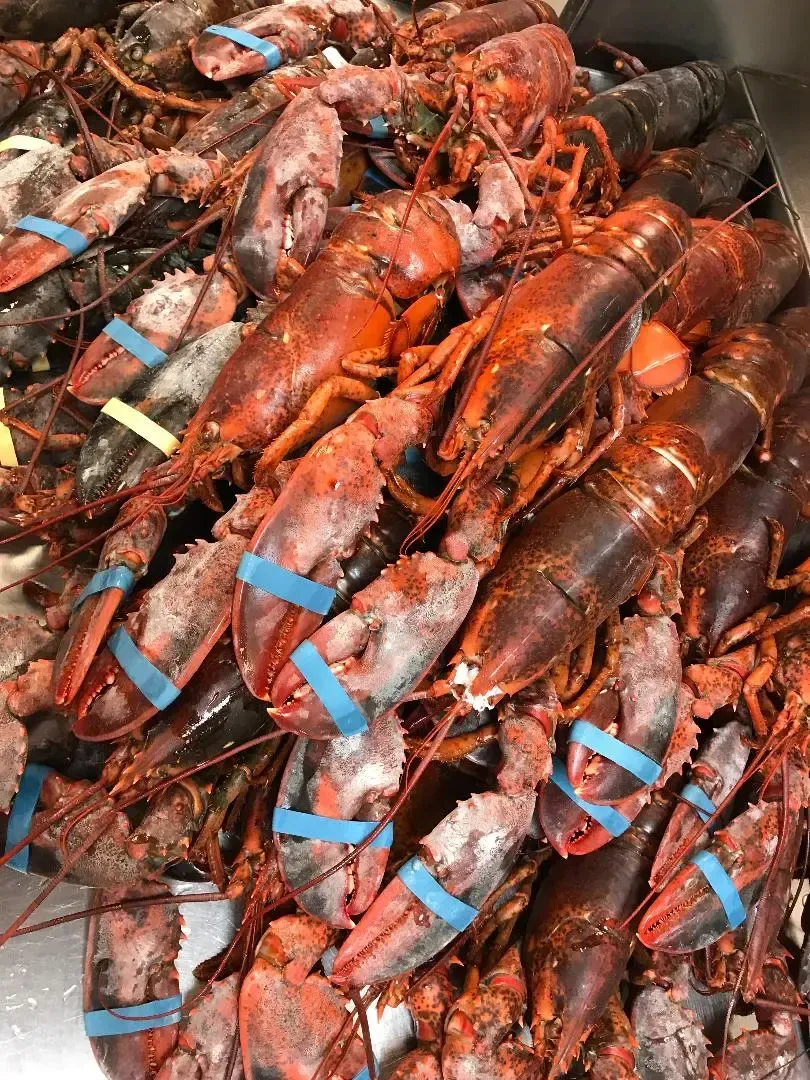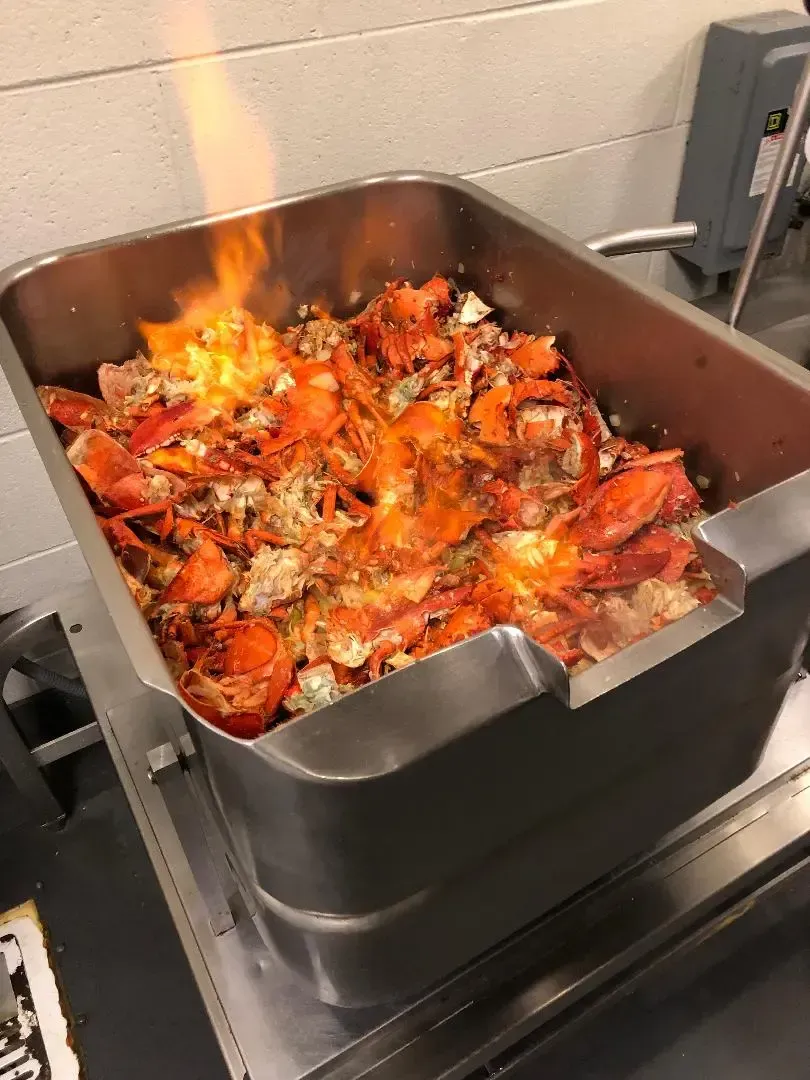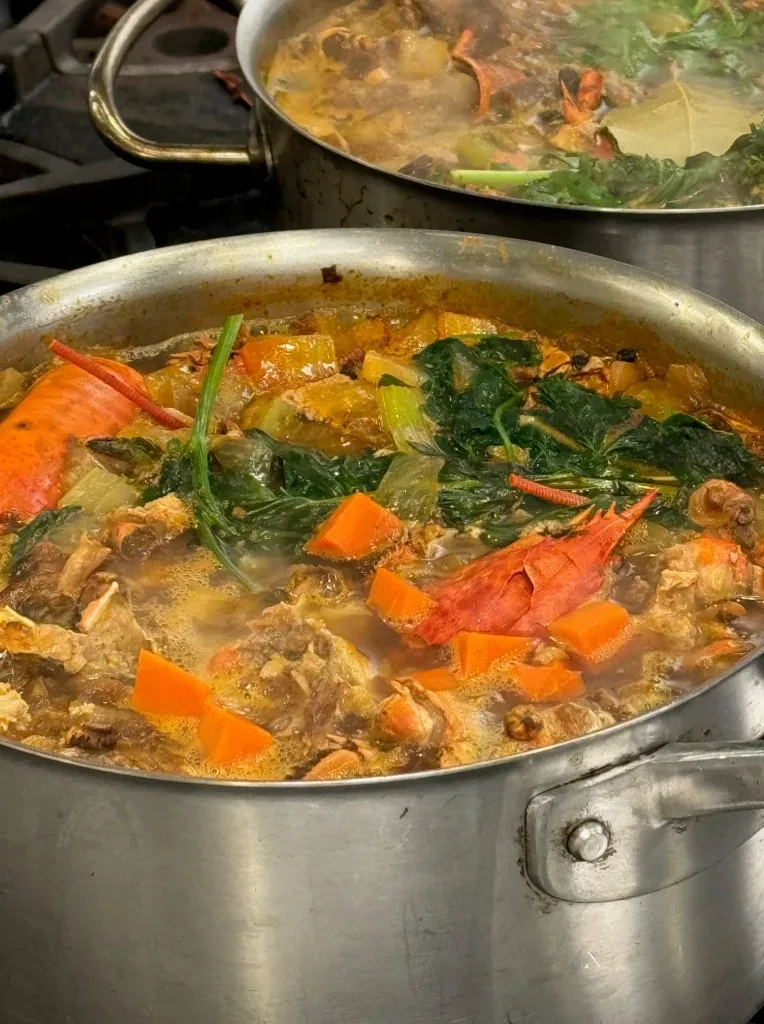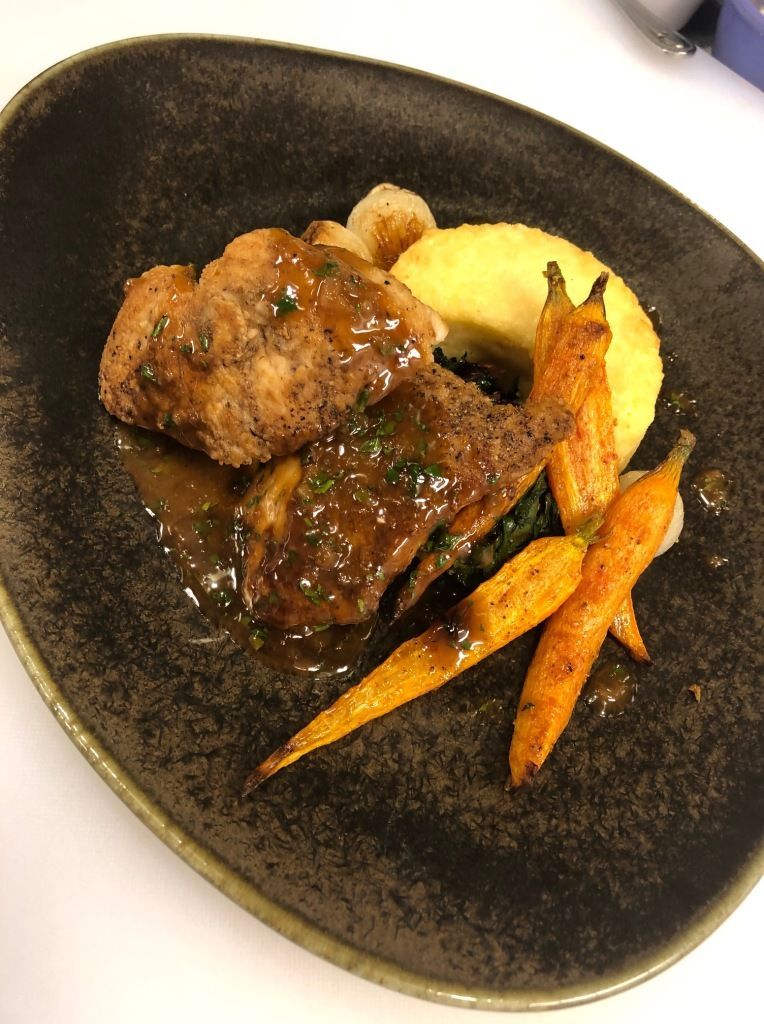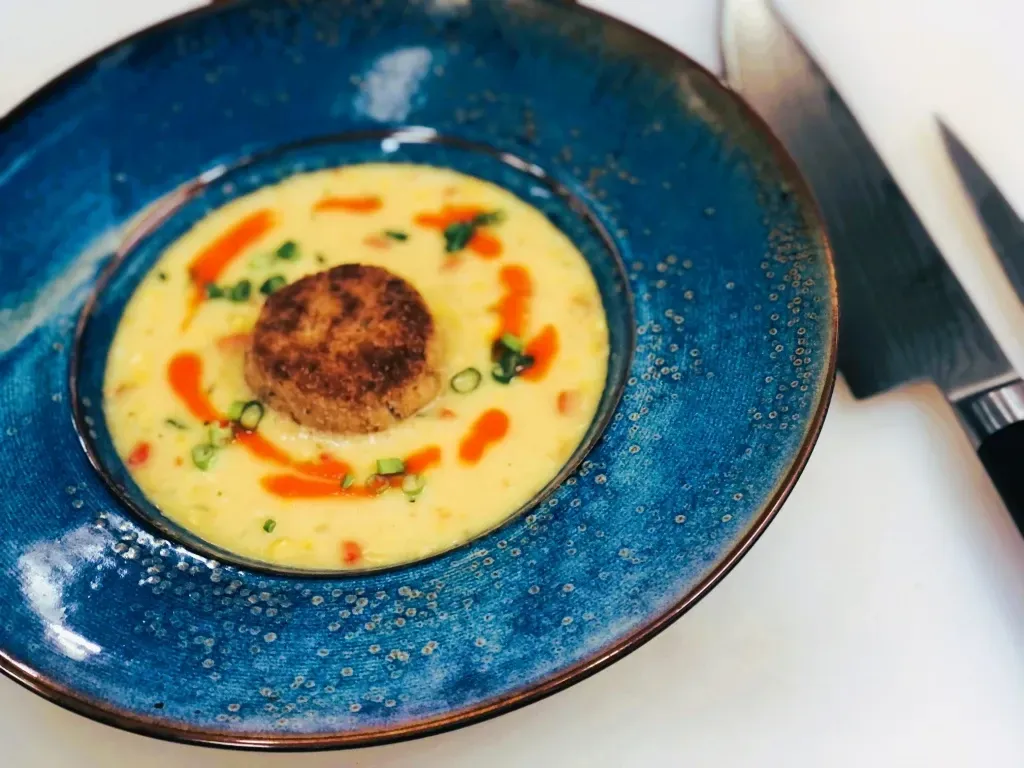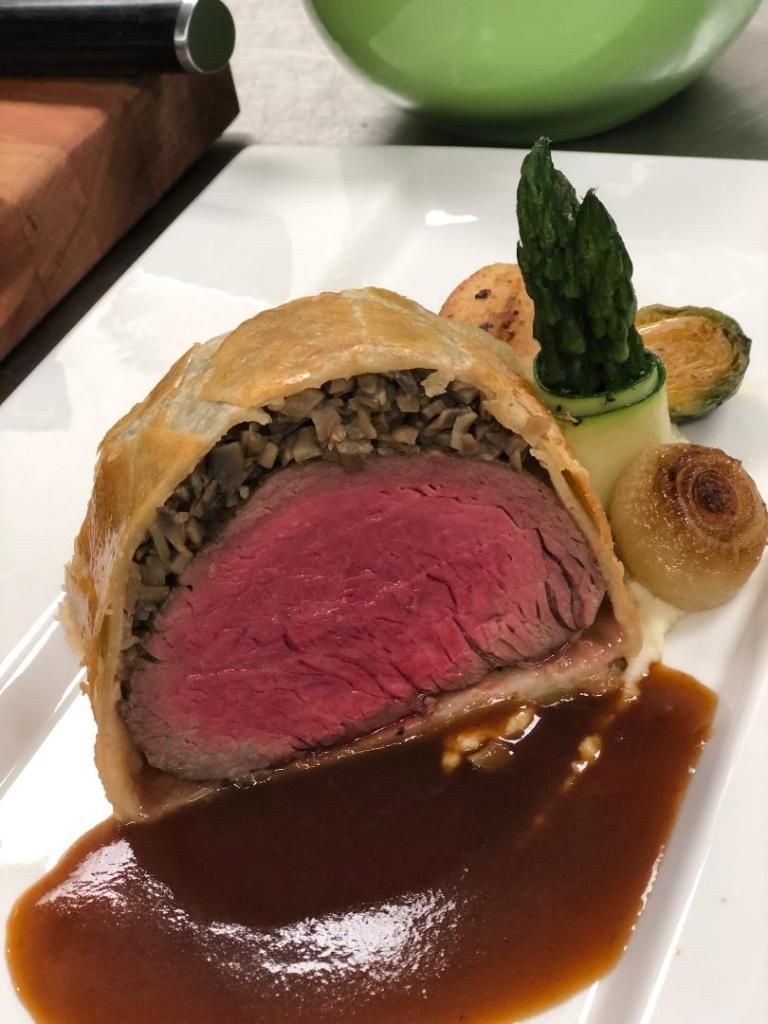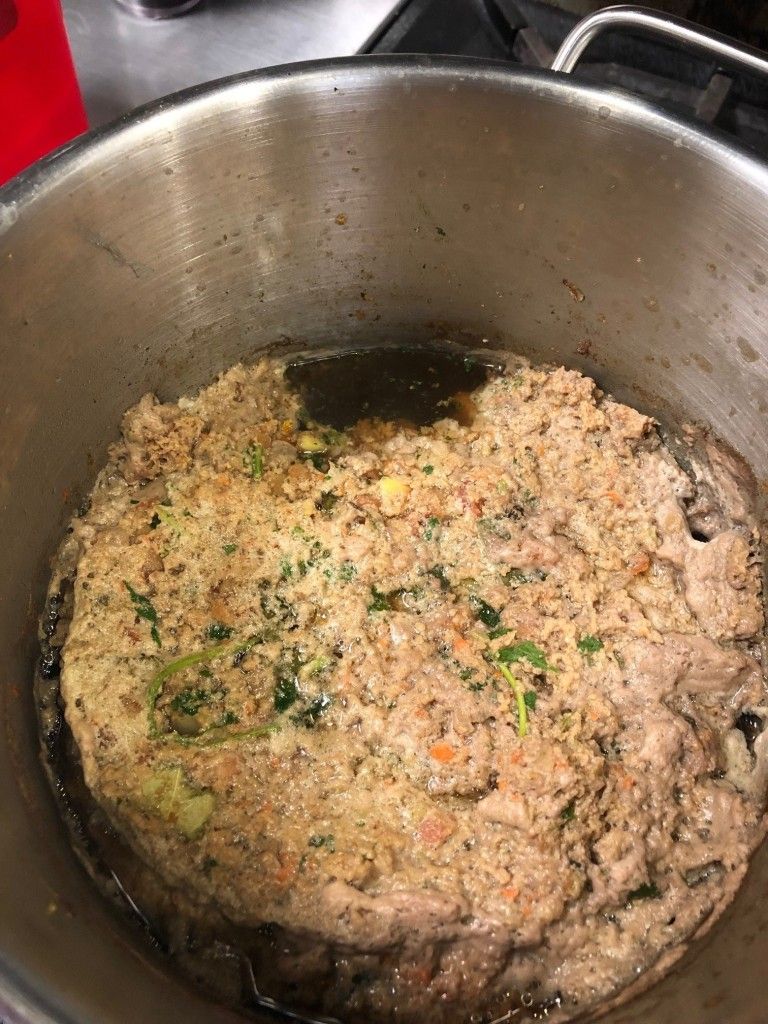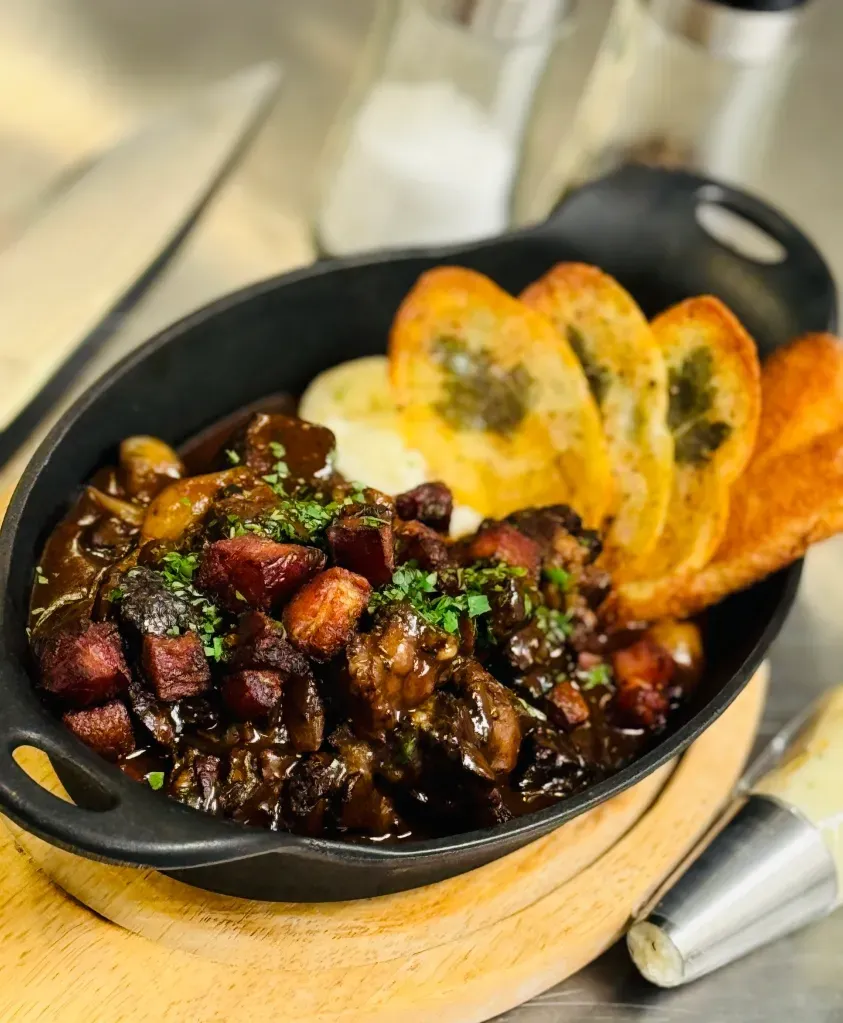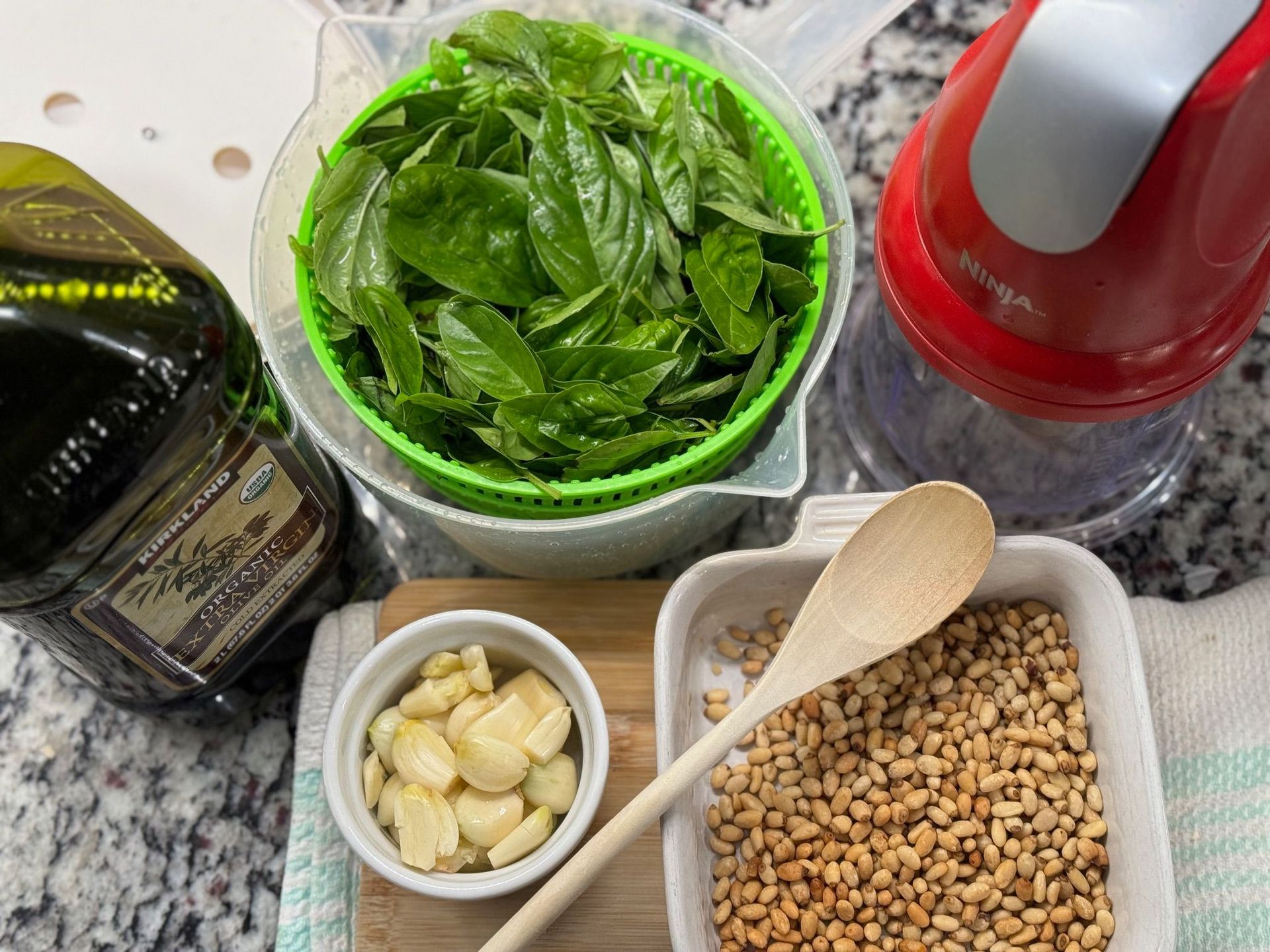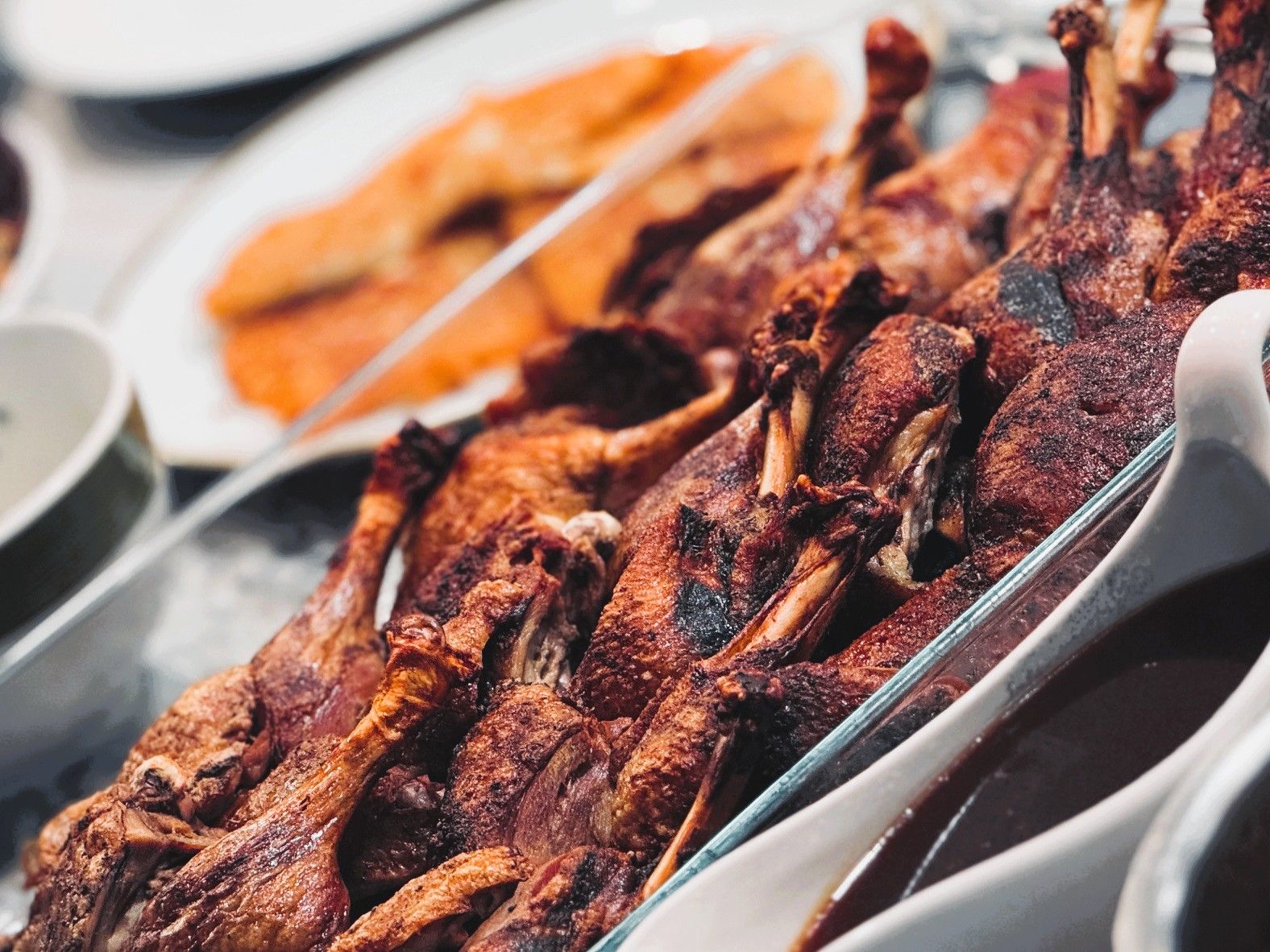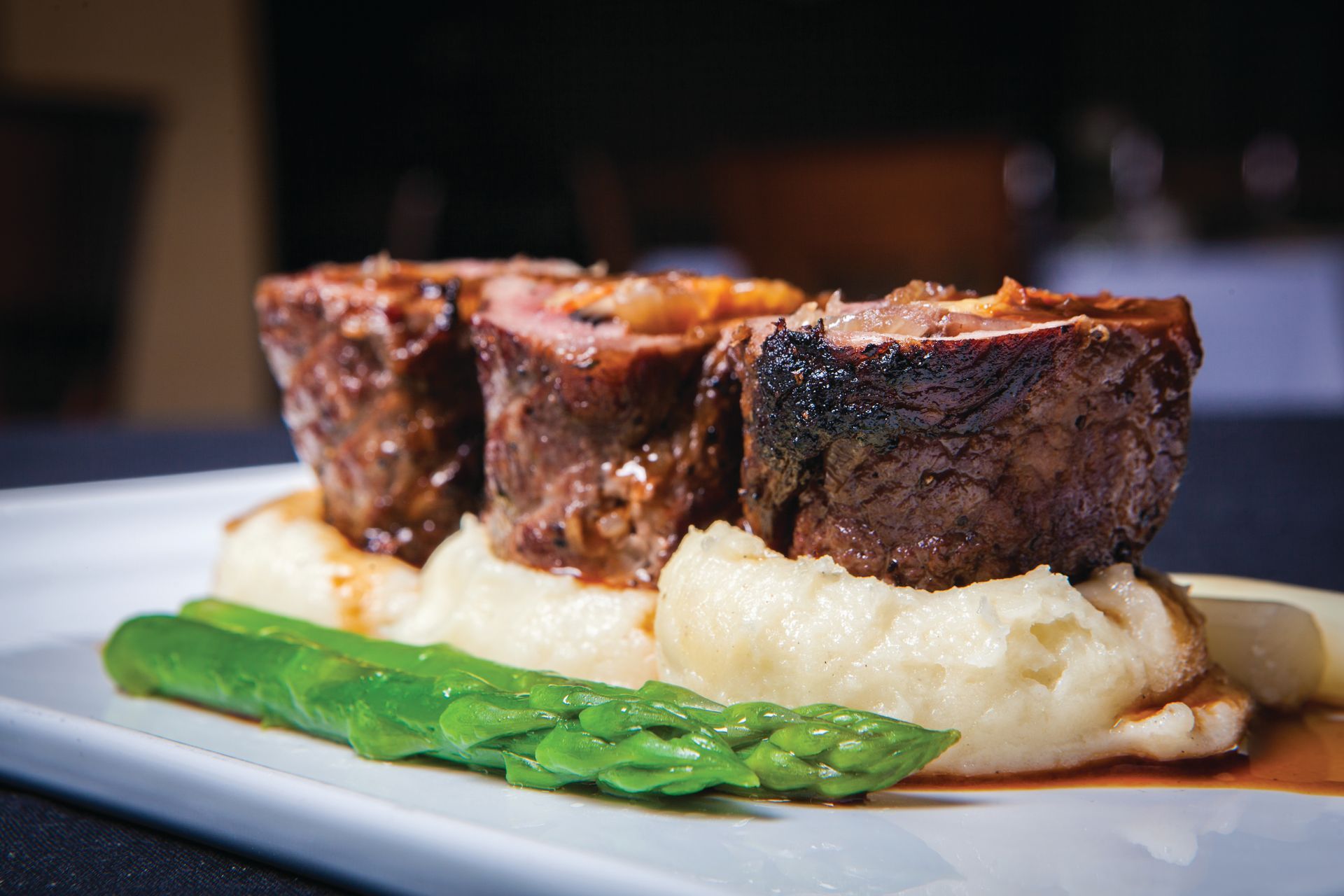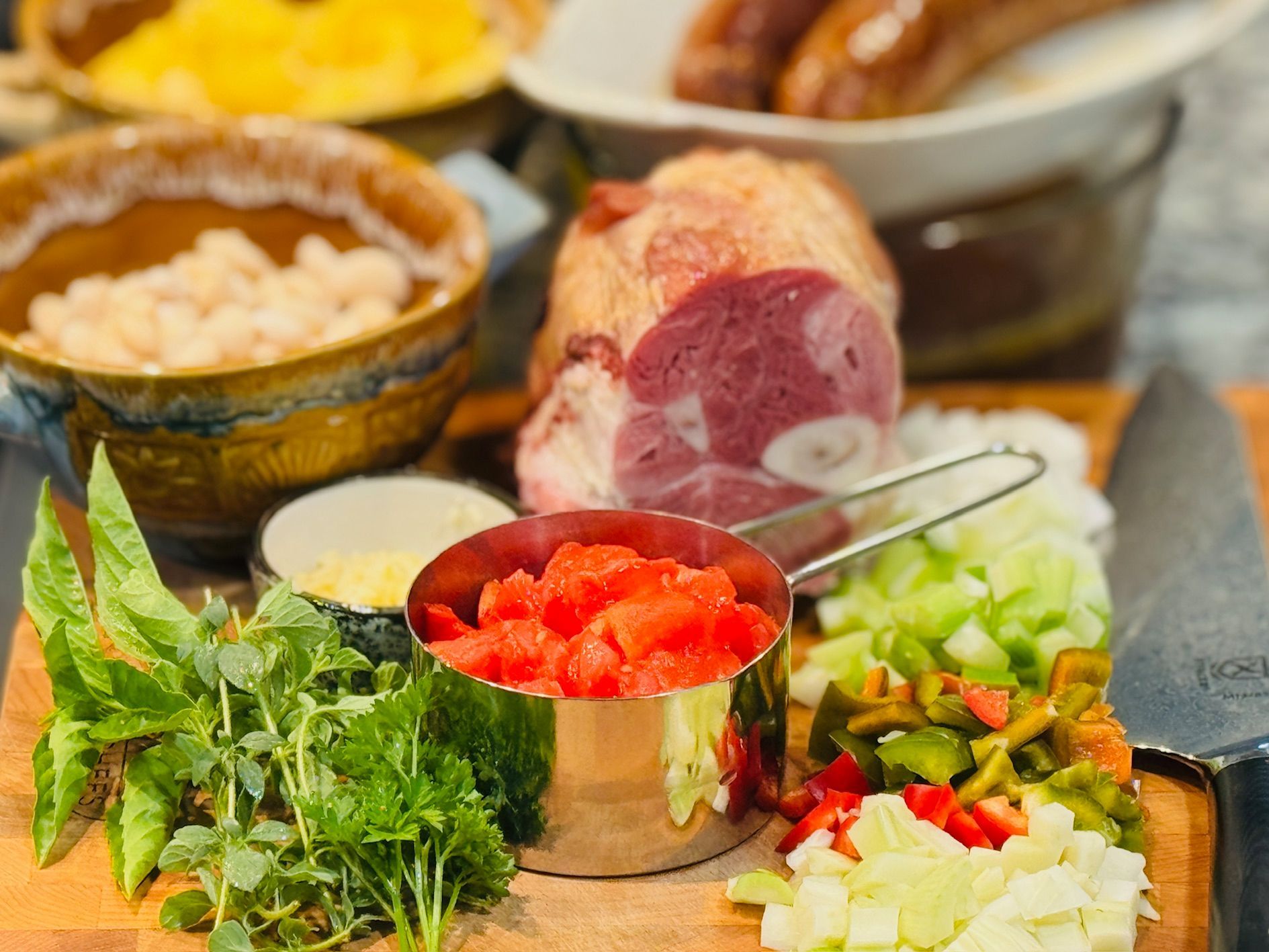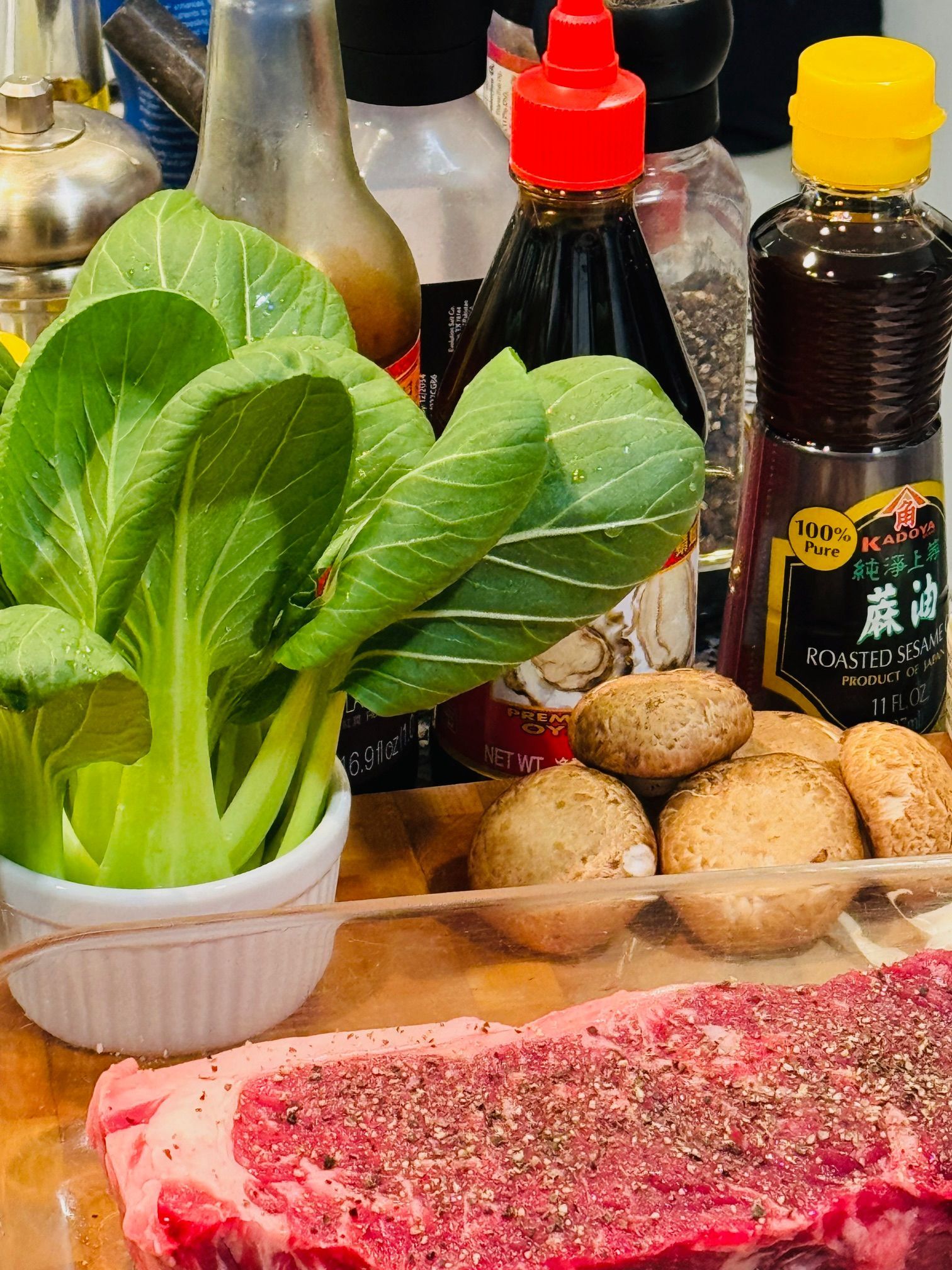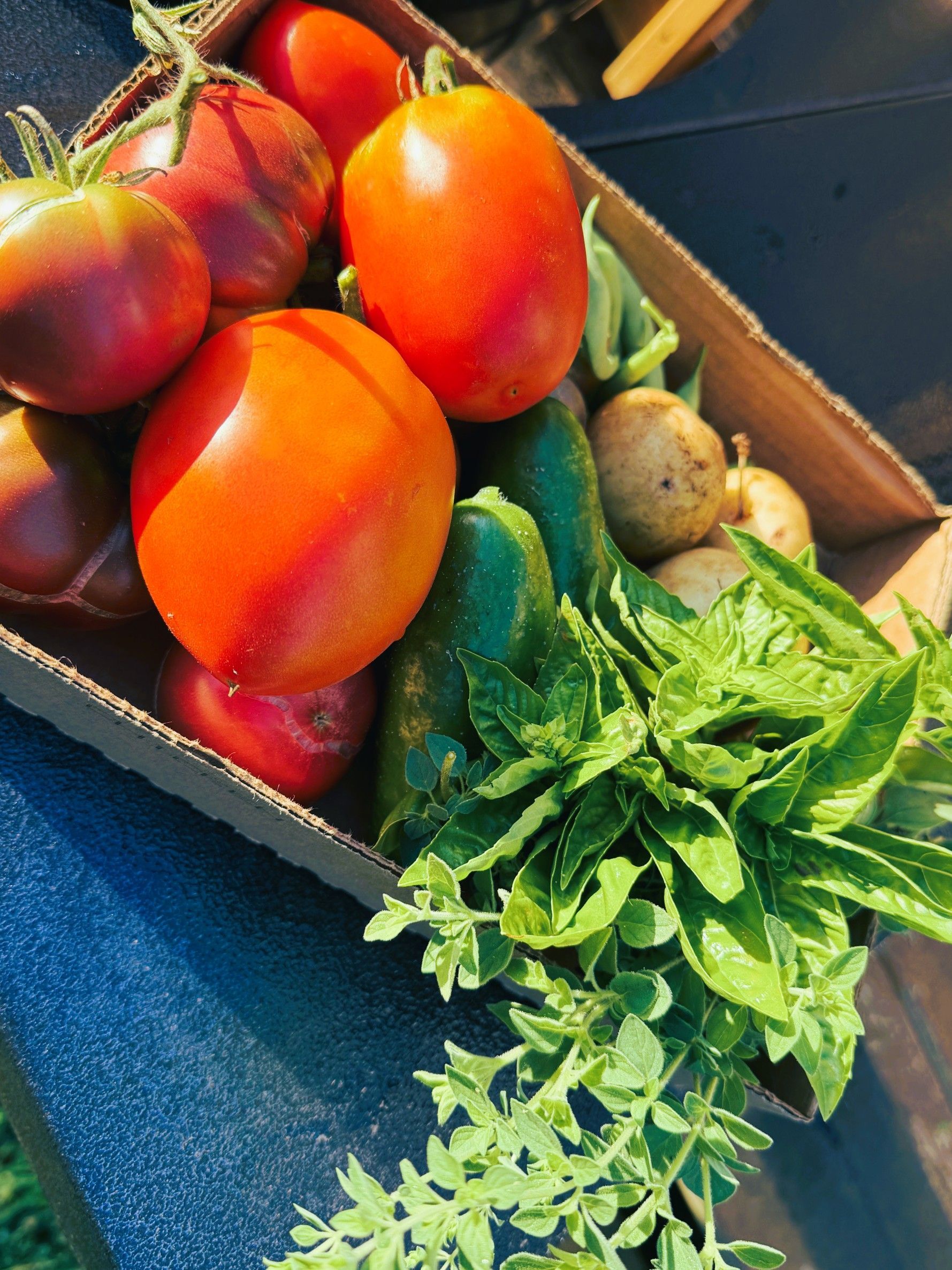Stocks 101
Cooking, Culinary and Pastry Arts, healthy cooking, high volume cooking, Restaurants
Stocks 101
The expertise of the Saucier requires the highest skill in the hot food kitchen. From the time of haute cuisine and still today, flavorful stocks are the base to build from to create the best soups and sauces. The practice of making stocks is rapidly becoming more and more rare to find in today’s commercial…
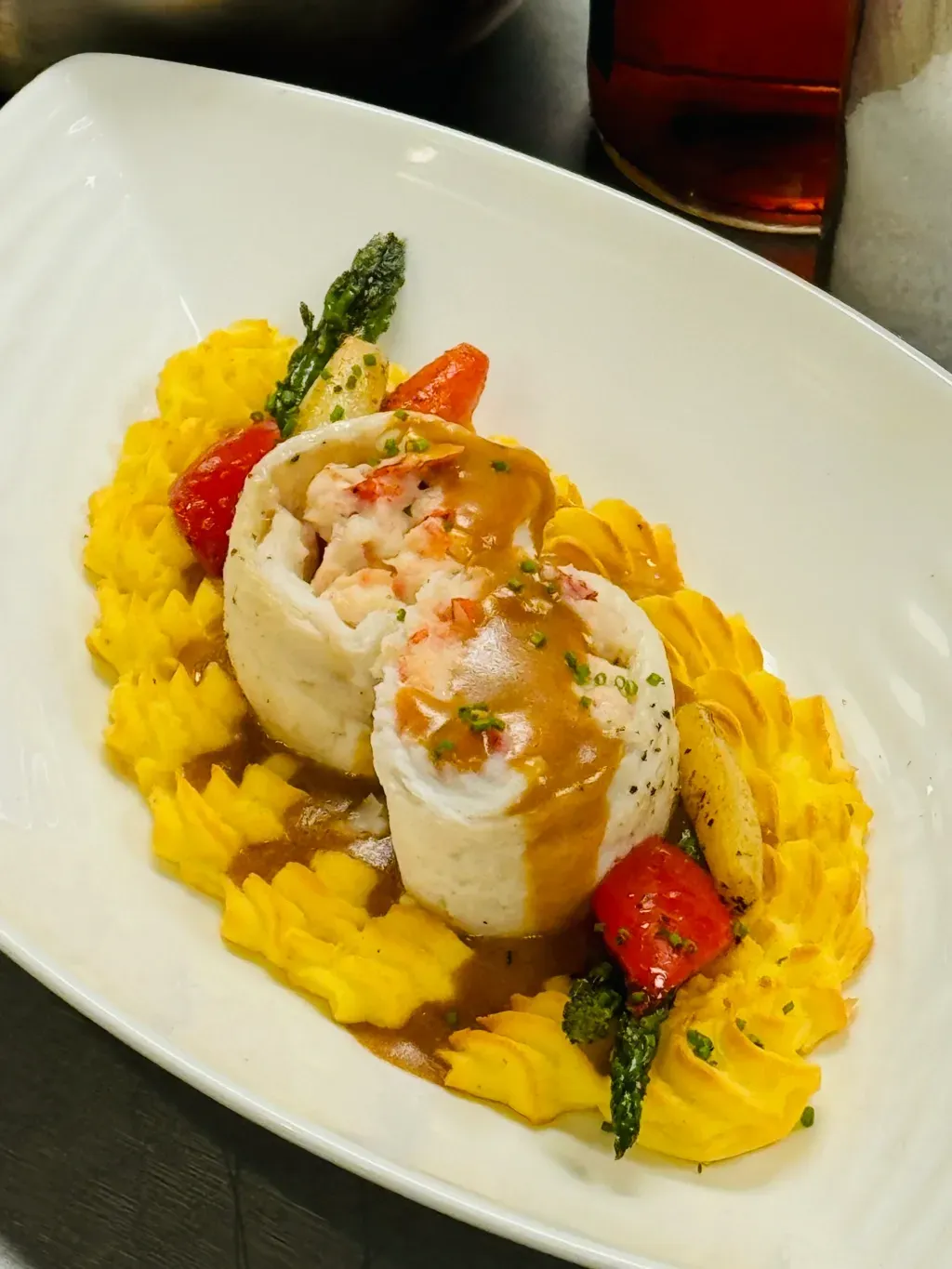
In the days of old alchemists attempted to combine base elements to create gold! I tell my students on day one, in my soup and sauce class that the aim of the saucier is to create gold level flavors and presentations from elementary natural food ingredients. In this image beef consommé is served with a braised short rib and wild mushroom ravioli.
Bringing food to ethereal heights through crystal clear consommé, rich silky lobster cream sauce, or ultimate savory demi-glace based meat sauces, the classic well-prepared soups and sauces that I teach about will make a lasting impression on their diners.
Following the steps of extracting flavor from the shells or bones into a stock or broth and after straining and then reducing the stock to increase the flavor is the first step in any classic sauce or soup. Core concepts to make great stocks are as follows:
- Start with the bones or shells and simmer them with cold water, vegetables (mirepoix), herbs and spices (aromatics) to create a stock.
- Use the proper ratios to achieve the best flavor such as – mirepoix (1 part onions, 1/2 part each celery and carrots), mirepoix to bones should be 25% mirepoix to 100% bones or shells.
- Cook low and at a simmer for the required time to extract the flavor (1 hour for crustaceans, 30 minutes for fish, 3 to 4 hours for chicken, 8 hours for veal or beef.
- Skim off all impurities that rise to the top- grease and scum.
- Aromatics normally consist of bay leaves, parsley stems, thyme and black pepper corns. This can change depending on what type of stock or broth is made.
- Strain out the liquid after the stock is cooked and reduce if needed to intensify the flavor.
Lobster Stock (Small batch)
By Chef Daniel Pliska CEC AAC
Yield 5 cups
5 each small lobster heads
2 cups Mirepoix, medium rough diced
4 each Garlic Cloves
¼ cup Tomato paste
½ cup Brandy
10 each Thyme sprigs
2 each Tarragon sprigs 2” long
3 each Bay leaves
3 TBL Black peppercorns
5 each Parsley sprigs
Olive oil for sautéing
- Roast the lobster heads at 375F until they turn bright red
- Remove from the oven and split in half longways
- In a hot skillet sauté the shells and crush with a potato masher
- Flambé with the brandy
- Add the mirepoix and tomato paste
- Cover with water and bring to a boil
- Reduce the heat and skim
- Add the aromatics and simmer for 1 ½ to 2 hours
- Strain and use for Sauce Américaine or Lobster Bisque.
Tips for using Chocolate
- Use high quality chocolate- look for Couverture which contains hi amounts of Cocoa butter and Cocoa solids and is very fluid -for a good description go to: https://www.thespruceeats.com/couverture-chocolate-520352
- Melt chocolate very gently over simmering water in a stainless-steel bowl or in a microwave at half power. Stir often with a plastic spatula smearing the chocolate on the sides of the bowl (like a window wiper) to smooth out lumps.
- Make sure chocolate is mixed well and smooth with no lumps prior to using
- Tempering (crystalizing) chocolate is not necessary when mixing into other ingredients such as meringue or whipped cream (mousse), whipped butter/sugar (butter cream) or cake batters (brownies).
- Some good brands of chocolate couverture that I recommend are Callebaut, Valrhona, Felchlin, Guittard.
- Be wary of chocolate chips many of which contain other ingredients – don’t use chips for mousse or ganache- use couverture.

When a good stock is made it is then used in many ways:
- To create sauces (in this image is a chicken Veloute with mushrooms and cream)
- Soups hot or cold
- Consommes
- Braising liquids
- Meat Glace
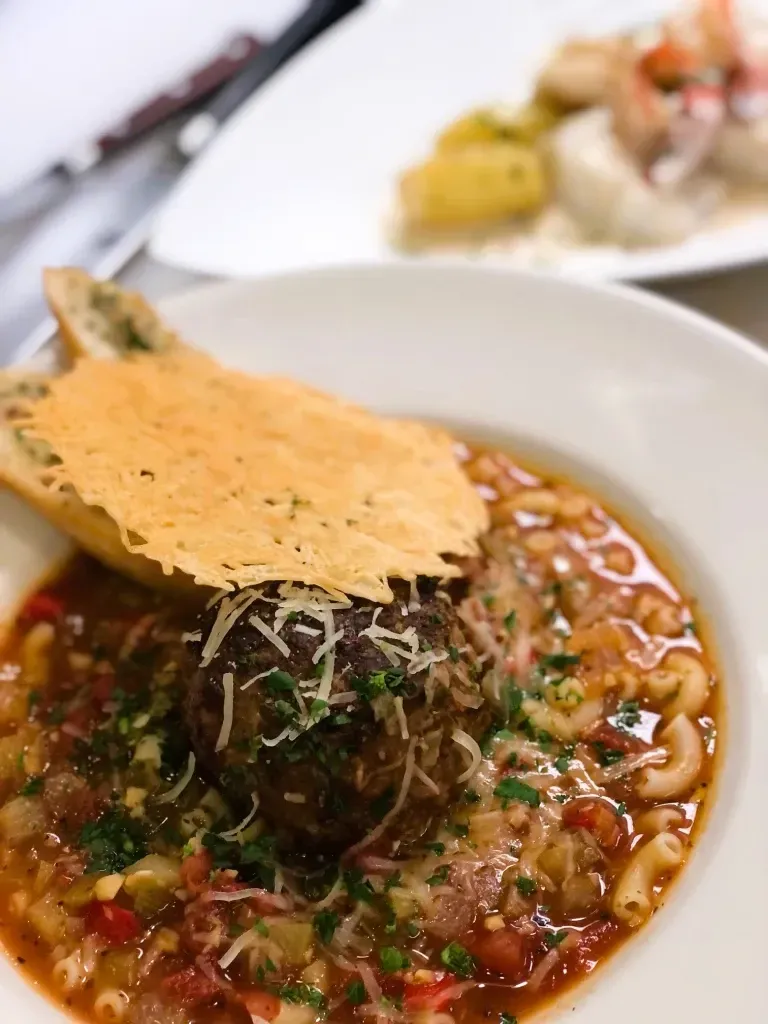
Many classic and international style soups are built with a base of a good stock or broth. Such as this Italian Meat Ball soup. Much like the classic Minestrone this soup is started with onions, garlic, celery, bell peppers, fennel and tomatoes.

